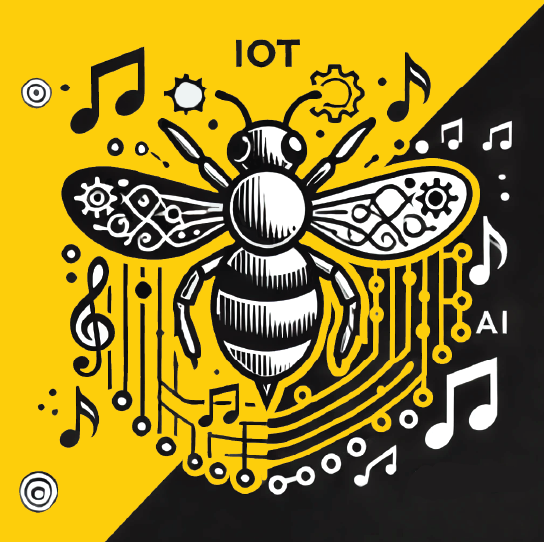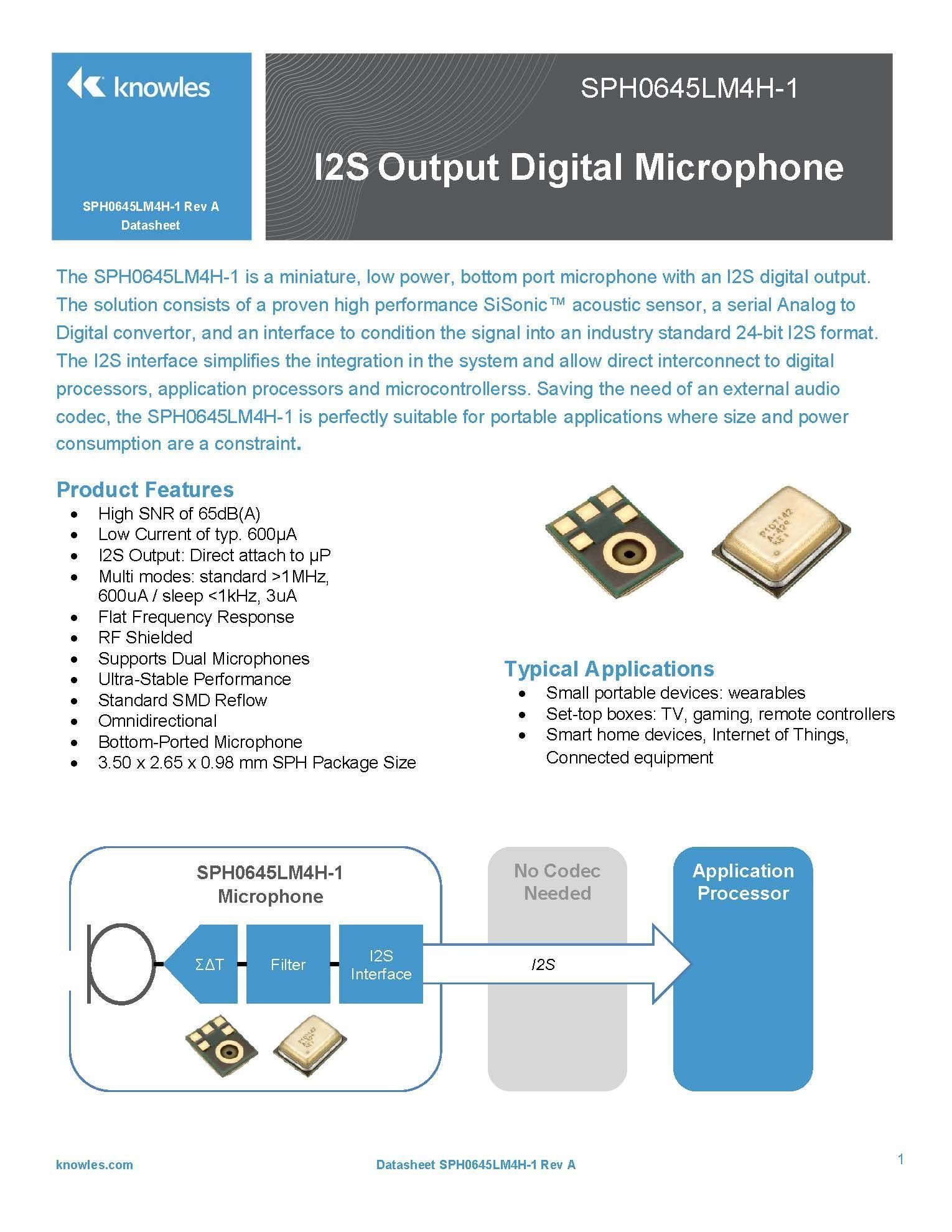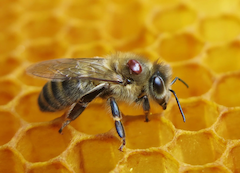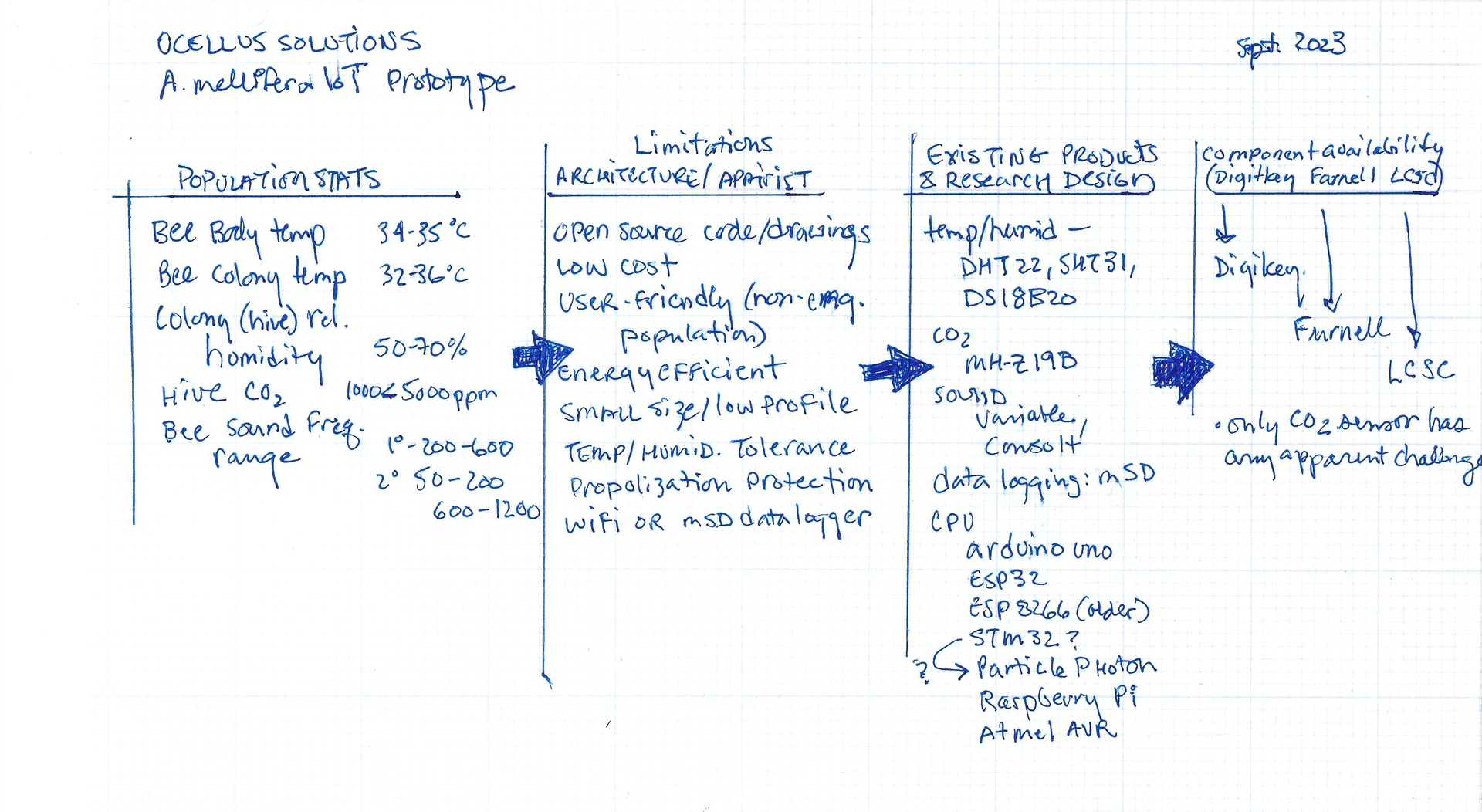(Our) Solutions
Bees are Talking, We're Listening
Listening to the Hive: A New Approach to Honey Bee Monitoring
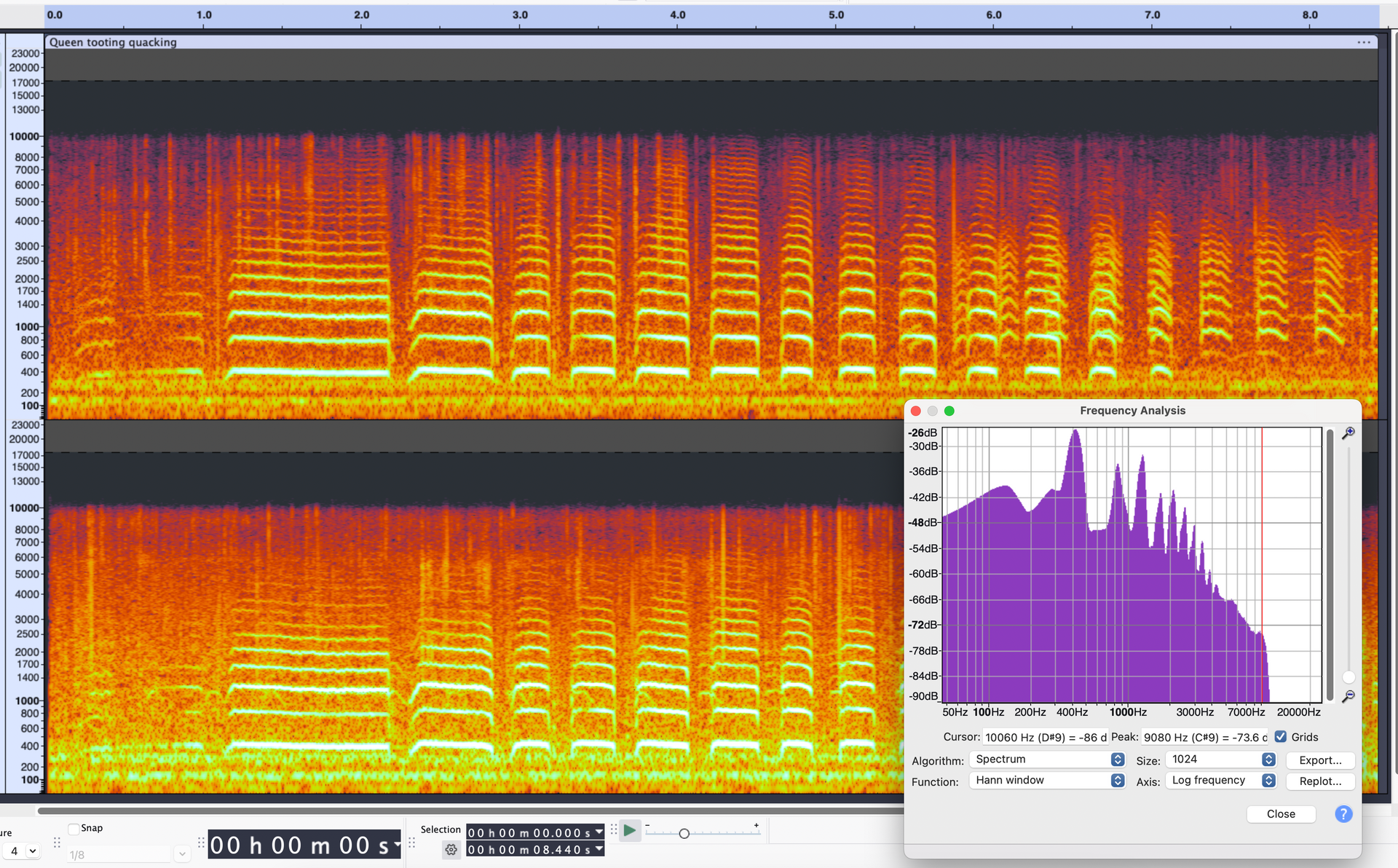
At Ocellus Solutions, we're pioneering a revolutionary honey bee colony health management approach. Drawing on advanced acoustic technology and deep beekeeping expertise, we’re developing a non-invasive monitoring system that interprets the subtle language of honey bee through sound. Our solution bridges the gap between cutting edge science and practical beekeeping, offering insights that were previously inaccessible without disrupting the delicate balance of the hive.
Our Approach
The Power of Non-Invasive Monitoring
Traditional honey bee colony assessments require opening hives, disrupting normal activities, and potentially introducing stress. Our approach will fundamentally change this paradigm by enabling continuous monitoring without physical disturbance. By listening to the colony rather than having to inspect it, beekeepers can gain insights while allowing bees to maintain their natural behaviors and thermoregulation.
Integrating Technology with Beekeeper Wisdom
Our solution doesn't aim to replace the invaluable knowledge of experienced beekeepers—it enhances it. By correlating expert apiarist assessments with acoustic signatures, we're creating a system that combines the best of human expertise with technological precision. This integration allows for more frequent monitoring while reducing the need for disruptive inspections.
Democratizing Advanced Beekeeping Tools
We believe that tools for improving honey bee health should be accessible to all beekeepers, regardless of operation size or technical expertise. Our commitment to open-source, not-for-profit development ensures our innovations remain affordable, adaptable, and available to the global beekeeping community. We will enable wider adoption of advanced monitoring practices by removing financial barriers.

Actionable Insights, Not Just Data
Many monitoring systems overwhelm users with raw data but offer little practical guidance. Our solution focuses on translating complex acoustic patterns into clear, actionable insights that beekeepers can immediately apply to their colony management decisions. Whether you're a hobbyist or a commercial operator, our system provides information you can use
The Technology
Innovative IoT Monitoring System
Our system consists of carefully positioned microphones and sensors that capture the acoustic signatures and environmental conditions within the hive. Dual high-sensitivity microphones record colony sounds, while additional sensors track temperature, humidity, and hive weight—all without disturbing the bees. The system operates autonomously using solar power and securely transmits data to our cloud platform.
Acoustic Intelligence
The heart of our solution lies in understanding what the bees communicate through sound. Different colony states—queen status to foraging activity, disease presence, and nutritional needs—produce distinctive acoustic patterns. Our system captures these subtle auditory cues that human ears might miss, providing a continuous window into colony health and behavior.
User-Friendly Interface
Complex technology shouldn't require complex operation. Our mobile application translates sophisticated acoustic analysis into straightforward insights and recommendations. The interface provides at-a-glance colony status updates, alerts for potential issues, and guided management suggestions—all presented in language that's accessible to beekeepers of all experience levels.

Acoustic Intelligence
The heart of our solution lies in understanding what the bees communicate through sound. Different colony states—queen status to foraging activity, disease presence, and nutritional needs—produce distinctive acoustic patterns. Our system captures these subtle auditory cues that human ears might miss, providing a continuous window into colony health and behavior.
Research & Development
Science-Driven Methodology
Our solution is built on rigorous scientific foundations. Working with leading researchers in acoustics, engineering, entomology, and apiculture, we've developed methodologies that meet the highest standards of scientific validity. Our ongoing research continually refines our understanding of the relationships between acoustic signatures and colony health indicators.
Interdisciplinary Collaboration
The challenges facing honey bees require diverse expertise to solve. Our team brings together specialists from multiple disciplines—from experienced master apiarists to acoustical engineers, from data scientists and statisticians to field researchers. This collaborative approach ensures that our solutions are both scientifically robust and practically applicable in real-world beekeeping scenarios.
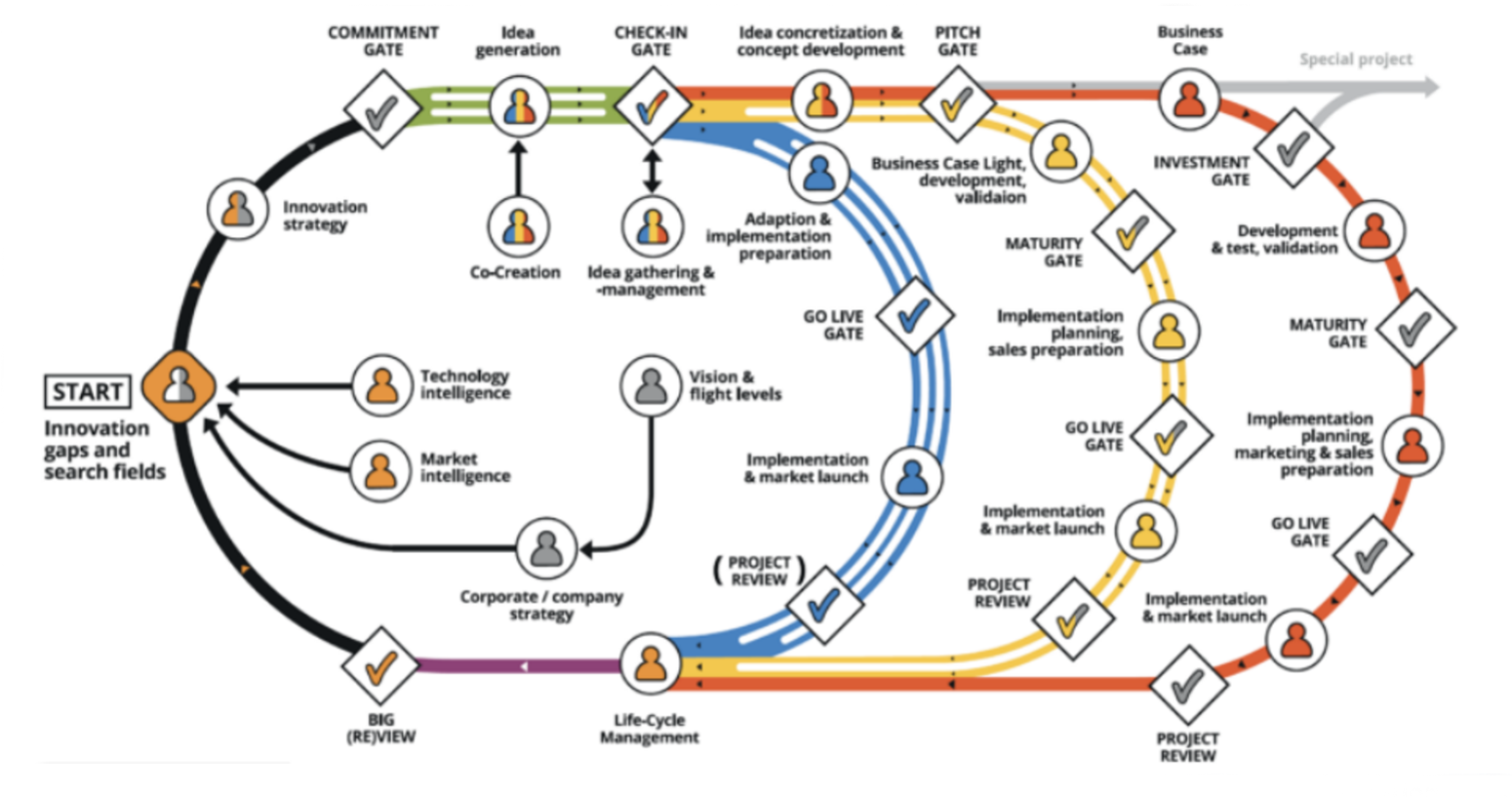
Field Validation
Theory must be tested in practice. Our extensive field studies involve beekeepers across diverse geographic regions, allowing us to validate our acoustic monitoring against expert apiarist assessments under varied conditions. This real-world testing ensures that our system delivers reliable insights across different colony types, management practices, and environmental contexts.
Continuous Improvement
We view our technology as an evolving platform, not a finished product. We will constantly refine our algorithms and expand our understanding of colony acoustic signatures by continuously analyzing new acoustic data and correlating it with beekeeper observations. This iterative approach makes our system increasingly precise in its interpretations and recommendations.
Open-Source, Not-for-Profit Philosophy
Knowledge Belongs to Everyone
At Ocellus Solutions, we believe that innovations that can help save honey bees should be available to all. Our commitment to open-source development means that all hardware designs, firmware code, and analysis algorithms will be freely shared with the community. This transparency not only makes our tools more accessible but also invites collaborative improvement.
Building a Collaborative Community
By making our work open source, we aim to foster a community of researchers, engineers, and beekeepers who can build upon our foundation. We encourage adaptation, modification, and enhancement of our designs to meet the specific needs of different beekeeping contexts worldwide. Together, we can accelerate the development of practical monitoring solutions.
Supporting Research and Innovation
Our open-source approach extends to our research findings. We're committed to publishing our discoveries in both peer-reviewed scientific journals and accessible trade publications, ensuring that our knowledge contributes to the broader understanding of honey bee health monitoring

Practical Resources for Implementation
Beyond sharing designs and code, we're developing comprehensive resources to help beekeepers implement our technology. These include step-by-step guides for building devices, clear documentation for setting up systems, and educational materials explaining how to interpret the insights generated. Our goal is to make adoption as straightforward as possible.
Join Our Mission
The challenges facing honey bees require collaborative solutions. Whether you're a beekeeper looking to implement better monitoring, a researcher interested in our acoustical data, a developer wanting to contribute to our open-source project, or someone concerned about bee health, we invite you to join our mission.
Together, we can create a future where technology empowers beekeepers, strengthens colonies, and contributes to the sustainability of these vital pollinators—one hive, one beekeeper, one acoustic insight at a time.
Ocellus BLOG



